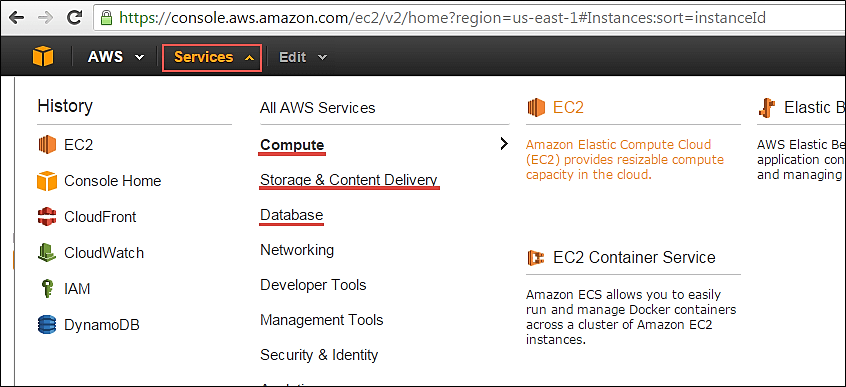How To Mount USB flash drive from Command Line
Mounting a USB flash drive in GNOME (or another Linux desktop environment) is as easy as plug and play. Yet, occasionally, you need to mount one on a server which does not run X, then you must know how to do it on the command line.
To retrieve the USB drive:
- Become root.
$ sudo -s - Plug in USB drive to a USB port.
- Identify the correct partition name corresponding to the USB drive.
For my Debian system, it is sda, and partition 1.$ dmesg |grep -i 'SCSI device' ... SCSI device sda: 3903488 512-byte hdwr sectors (1999 MB)
Alternatively,$ grep SCSI /var/log/messages ... Dec 1 11:52:26 tiger kernel: SCSI device sda: 3903488 512-byte hdwr sectors (1999 MB) - Mount the partition to an existing mount point (directory).
$ mkdir -p /mnt/myusb $ mount -t vfat -o rw,users /dev/sda1 /mnt/myusb
users give non-root users the ability to unmount the drive.
You can verify the drive is indeed mounted as follows:$ mount
You should see a line in the output that looks like:/dev/sda1 on /mnt/myusb type vfat (rw,noexec,nosuid,nodev)
To retrieve the USB drive:
- You must unmount the partition before physically unplugging the USB device.
$ umount /mnt/myusb
You can run the mount command again (with no argument) to verify that the volume is indeed mounted. - Unplug USB drive.


No comments:
Post a Comment